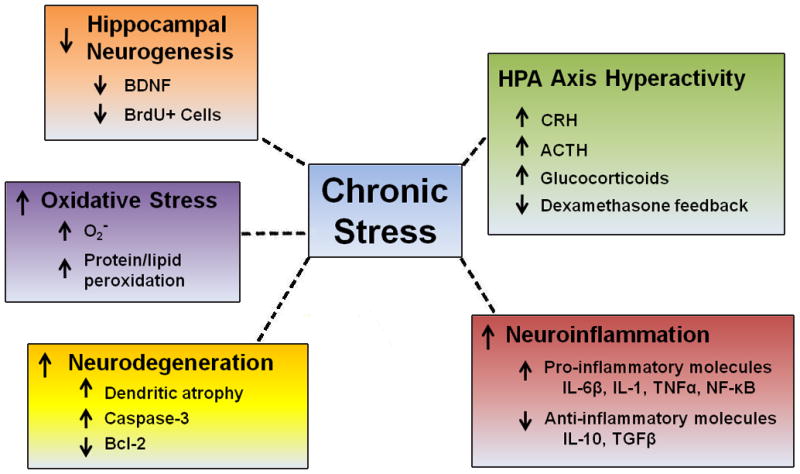Figure 1. Molecular and cellular effects of chronic stress.

Chronic stress may impair neurons via several mechanisms. Chronic activation of the HPA axis results in hyperactive activation of the axis and increased levels of relevant hormones including corticotrophin-releasing hormone (CRH), adrenocorticotropic hormone (ACTH), circulating glucocorticoids and impairment of dexamethasone feedback (Herman et al., 1995; Mizoguchi et al., 2008; Ulrich-Lai and Herman; 2009). Chronic stress results in an increased neuroinflammatory environment via increases in pro-inflammatory molecules such as interleukin-6 (IL-6), IL-1, tumor necrosis factor alpha (TNFα), and nuclear factor kappa B (NF-κB) and decreases in anti-inflammatory molecules such as IL-10 and transforming growth factor beta (TGFβ) (Grippo et al., 2005; You et al, 2011; Sun et al., 2011). Neurodegeneration increases in the hippocampus after chronic stress at least partly due to increased caspase-3 levels and decreased anti-apoptotic B-cell lymphoma (Bcl-2) levels (Bachis et al., 2008; Kosten et al., 2008; Yang et al., 2011). Dendritic atrophy occurs in several regions including the hippocampus and prefrontal cortex (Magariños and McEwen, 1995a, b; Wellman, 2001; Radley 2004; Cerqueira et al., 2005). Cellular oxidative stress also changes after chronic stress including increases in the superoxide radical O2- and protein and lipid peroxidation (Lucca et al., 2009a, b; Ahmad et al., 2010; Tagliari et al., 2010). Loss of trophic support through decreases in brain-derived neurotrophic factor (BDNF) occurs in the hippocampus and prefrontal cortex after chronic stress (Smith et al., 1995; Song et al., 2006; Adzic et al., 2009). Lastly, chronic stress decreases neurogenesis in the hippocampus as indicated by the loss of bromodeoxyuridine (BrdU) positive cells (Gould and Tanapat, 1999; Pham et al., 2003). Together, these stress-induced cellular and molecular alterations create a harmful neuronal environment that could result in the presentation of depressive and other neuropsychiatric symptoms.
